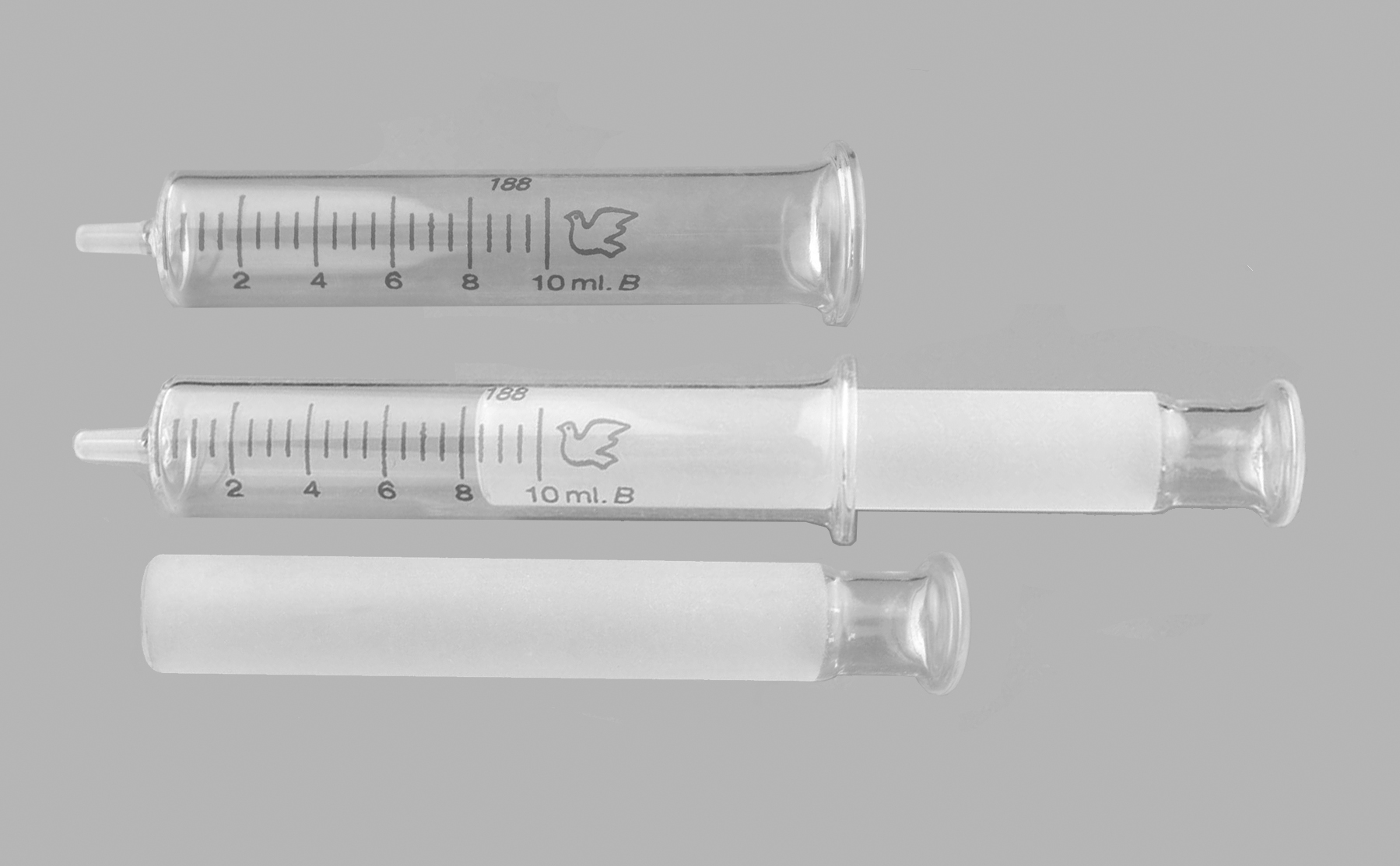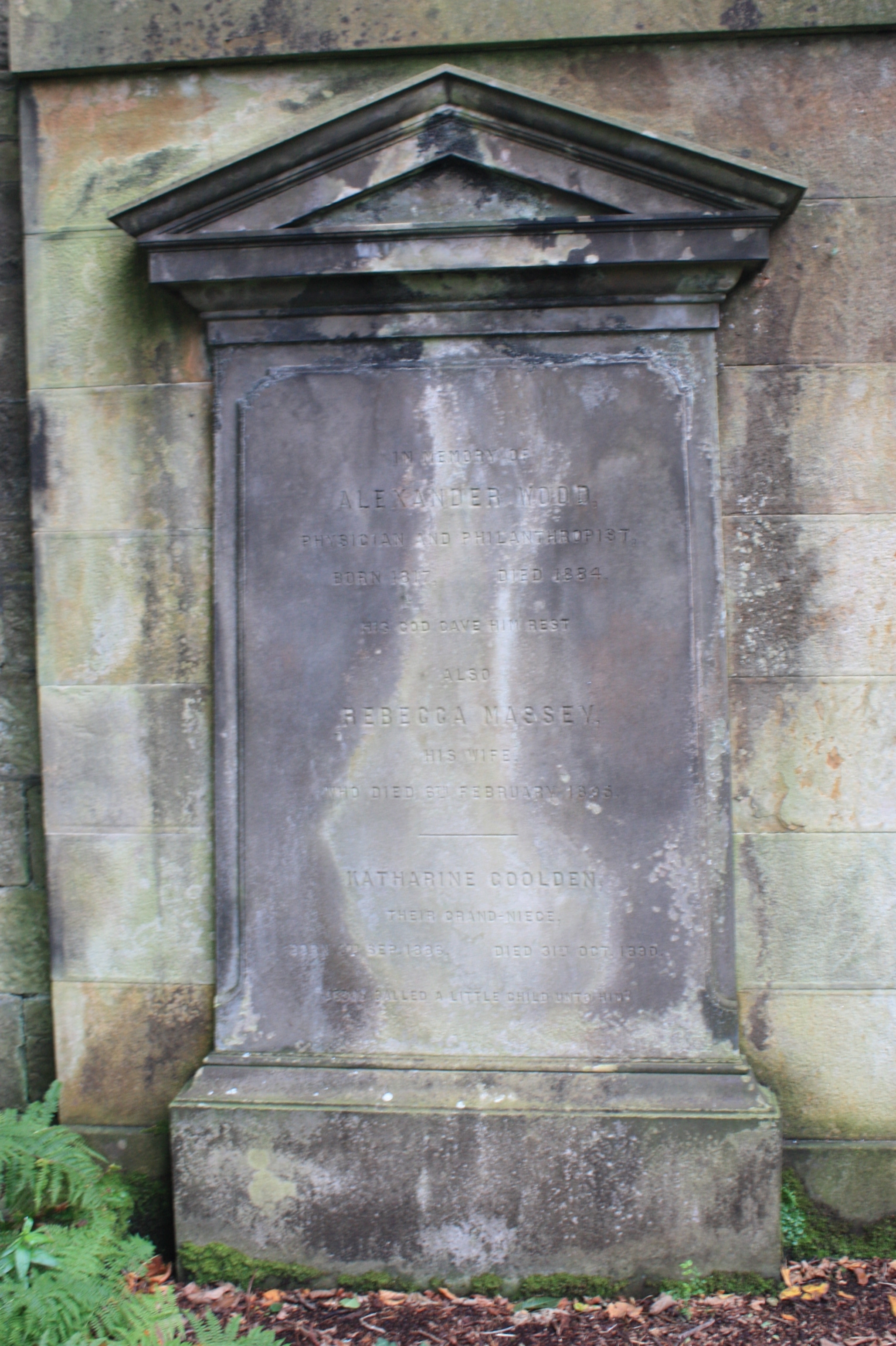Alexander Wood (physician) on:
[Wikipedia]
[Google]
[Amazon]



 Alexander Wood (10 December 181726 February 1884), was a Scottish physician. He invented the first true
Alexander Wood (10 December 181726 February 1884), was a Scottish physician. He invented the first true



hypodermic syringe
A syringe is a simple reciprocating pump consisting of a plunger (though in modern syringes, it is actually a piston) that fits tightly within a cylindrical tube called a barrel. The plunger can be linearly pulled and pushed along the inside o ...
. He served as President of the Royal College of Physicians of Edinburgh
The Royal College of Physicians of Edinburgh (RCPE) is a medical royal college in Scotland. It is one of three organisations that sets the specialty training standards for physicians in the United Kingdom. It was established by Royal charter ...
from 1858 to 1861.
Life
The son of Dr James Wood and his wife Mary Wood (James' cousin), Alexander was born on 10 December 1817 inCupar
Cupar ( ; gd, Cùbar) is a town, former royal burgh and parish in Fife, Scotland. It lies between Dundee and Glenrothes. According to a 2011 population estimate, Cupar had a population around 9,000, making it the ninth-largest settlement in Fi ...
, Fife. The family moved to Edinburgh around 1825, where they lived at 19 Royal Circus in the Second New Town. He was educated at Edinburgh Academy
The Edinburgh Academy is an independent day school in Edinburgh, Scotland, which was opened in 1824. The original building, on Henderson Row in the city's New Town, is now part of the Senior School. The Junior School is located on Arboretum Ro ...
from 1825 to 1832, and then studied Medicine at the University of Edinburgh
The University of Edinburgh ( sco, University o Edinburgh, gd, Oilthigh Dhùn Èideann; abbreviated as ''Edin.'' in post-nominals) is a public research university based in Edinburgh, Scotland. Granted a royal charter by King James VI in 15 ...
( MD 1839).
From qualification he worked at the Stockbridge Dispensary near his Edinburgh home. By 1840 he was working as a surgeon and living in his late father's house at 19 Royal Circus. From 1841 he lectured in Medicine at the Extra Mural School connected to Edinburgh University.
In 1853, he invented the first hypodermic needle
A hypodermic needle (from Greek ὑπο- (''hypo-'' = under), and δέρμα (''derma'' = skin)), one of a category of medical tools which enter the skin, called sharps, is a very thin, hollow tube with one sharp tip. It is commonly used w ...
that used a true syringe and hollow needle. Wood referred to his invention as "subcutaneous" rather than "hypodermic". The term "hypodermic" was actually coined by the English doctor Charles Hunter, whose developments of Wood's invention and research into the method of administering pain relief angered Wood. Wood believed that injections should be directly into the area where pain was felt, because the effect could only be local, whereas Hunter argued that the injection could be given anywhere and had a general effect. The medical community supported Hunter's hypothesis, though it is Wood who has been better remembered subsequently.
Wood's biographer and brother-in-law, the Very Reverend Thomas Brown (1811–1893), wrote that Wood had taken the sting of the bee as his model. Brown also wrote, "At first this new hypodermic method was employed exclusively for the administration of morphia and preparations of opium, but it is important to note that, from the outset, Dr Wood pointed to a far wider application." In referring to the preface of a paper on 'New Method of Treating Neuralgia by Subcutaneous Injection', separately published in 1855, Brown quotes Wood as saying, "In all probability, what is true in regard to narcotics would be found to be equally true in regard to other classes of remedies."
Wood was elected President of the Royal College of Physicians of Edinburgh
The Royal College of Physicians of Edinburgh (RCPE) is a medical royal college in Scotland. It is one of three organisations that sets the specialty training standards for physicians in the United Kingdom. It was established by Royal charter ...
in 1858.
In 1863 he was elected a Fellow of the Royal Society of Edinburgh, his proposer being James David Forbes.
In later life Wood lived at 12 Strathearn Place in the Grange in southern Edinburgh.
Wood was buried with his wife, Rebecca Massey, in Dean Cemetery in Edinburgh
Edinburgh ( ; gd, Dùn Èideann ) is the capital city of Scotland and one of its 32 council areas. Historically part of the county of Midlothian (interchangeably Edinburghshire before 1921), it is located in Lothian on the southern shore of t ...
. The grave lies on an east-facing section of the obscured southern terrace. The gravestone corroborates a later date for his wife's death, on 6 February 1895.
Family
In 1842 he married Rebecca Massey. It is a false rumour that Rebecca Massey, was the first known intravenousmorphine
Morphine is a strong opiate that is found naturally in opium, a dark brown resin in poppies (''Papaver somniferum''). It is mainly used as a pain medication, and is also commonly used recreationally, or to make other illicit opioids. T ...
addict and died of an overdose
A drug overdose (overdose or OD) is the ingestion or application of a drug or other substance in quantities much greater than are recommended.
delivered by her husband's invention, however, Richard Davenport-Hines says, 'It is a myth: she outlived him, and survived until 1895.'
Recognition
The Very Rev Thomas Brown wrote a biography of Wood, entitled ''A Sketch of the Life and Work of Alexander wood MD FRCP'' in 1886.References
{{DEFAULTSORT:Wood, Alexander 1817 births 1884 deaths 19th-century Scottish people People from Cupar Medical doctors from Edinburgh People educated at Edinburgh Academy University of Edinburgh Medical School alumni Academics of the University of Edinburgh Presidents of the Royal College of Physicians of Edinburgh Fellows of the Royal Society of Edinburgh 19th-century Scottish medical doctors Scottish inventors